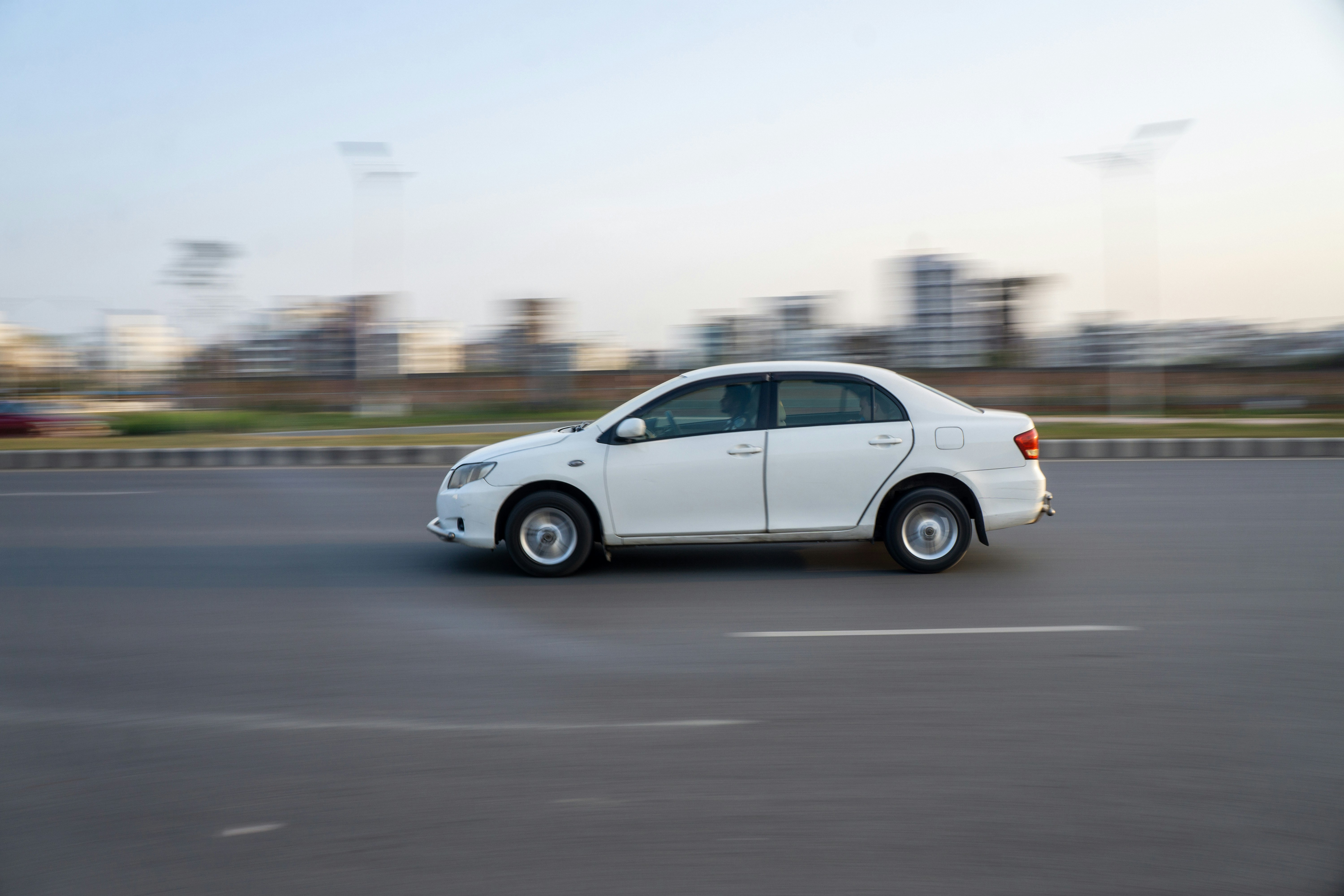We’d all like to spend less on petrol. But how can we drive more economically, and still get to where we’re going? The answer, as you might have guessed, is all in our driving.
Quite simply, safer driving is more economical driving. Looking ahead, driving smoothly, keeping to the road rules and speed limits, and planning your travel ahead – these are all crucial to safety while you’re on the road. But as it happens, they all mean for lower petrol consumption too. Here’s how:
- Looking ahead: This means anticipating the flow of traffic and signals by spotting key hazards and reading the road to give you an idea of what is about to happen in the next few seconds. A safe following distance also eliminates the need for sudden stops and starts and minimises reactionary braking or aggressive acceleration. These practices make for much safer driving while also saving fuel.
- Driving more smoothly: Accelerating gently, using engine braking, changing gears early and decelerating smoothly – these are the keys maintaining a steady speed and even driving pace. Driving this way results in a less stressful and much safer driving style, while also reducing emissions. Controlling emotions and being aware of our state before we hop behind the wheel can be helpful too: a frustrated driver is more likely to speed away from traffic lights and rely on the brakes more frequently.
- Keeping to the speed limit: Driving too fast results in higher fuel consumption so we need to make sure we are aware of the speed limit, so we can keep our speed down to below or at the speed limit. Reducing your open-road speed by just 10km/hr can reduce your fuel consumption by up to 10%. It’s important to plan ahead enough so we don’t ever slow right down and hold people up though, traffic jams are the cause of a lot of unnecessary emissions.
- Planning your travel: Part of being prepared before we get behind the wheel involves planning ahead. That includes choosing a direct route, checking traffic news, and making sure we know the way so we don’t get lost. Lots of short trips mean an increase in fuel bills and engine wear, so being able to combine trips is a side benefit of being prepared. Planning ahead makes you a safer driver, as well as using less petrol.
So there you have it! Four easy ways to save fuel, and also be a safer driver. Fleetcoach teaches all of the above skills, in our higher-level driving skills curriculum. To find out more about Fleetcoach, take a look at our introduction video.





.png)


